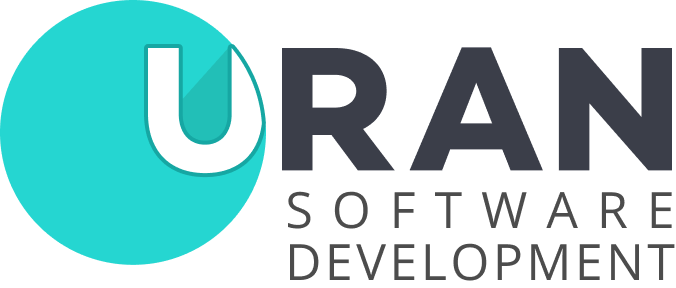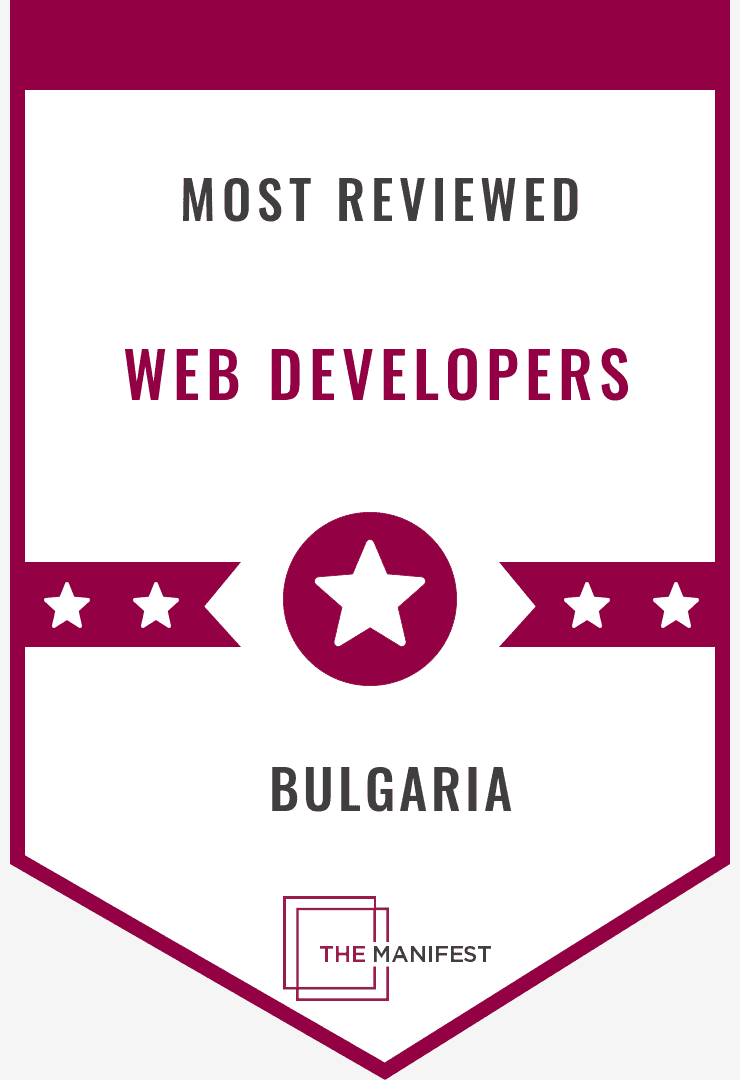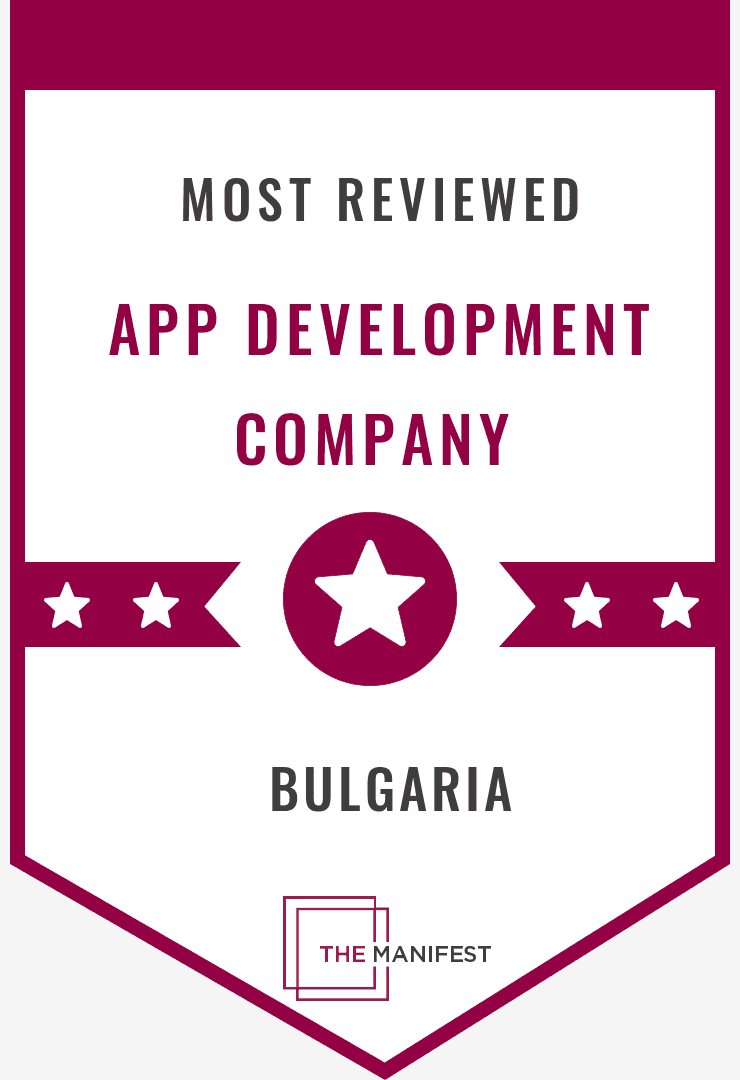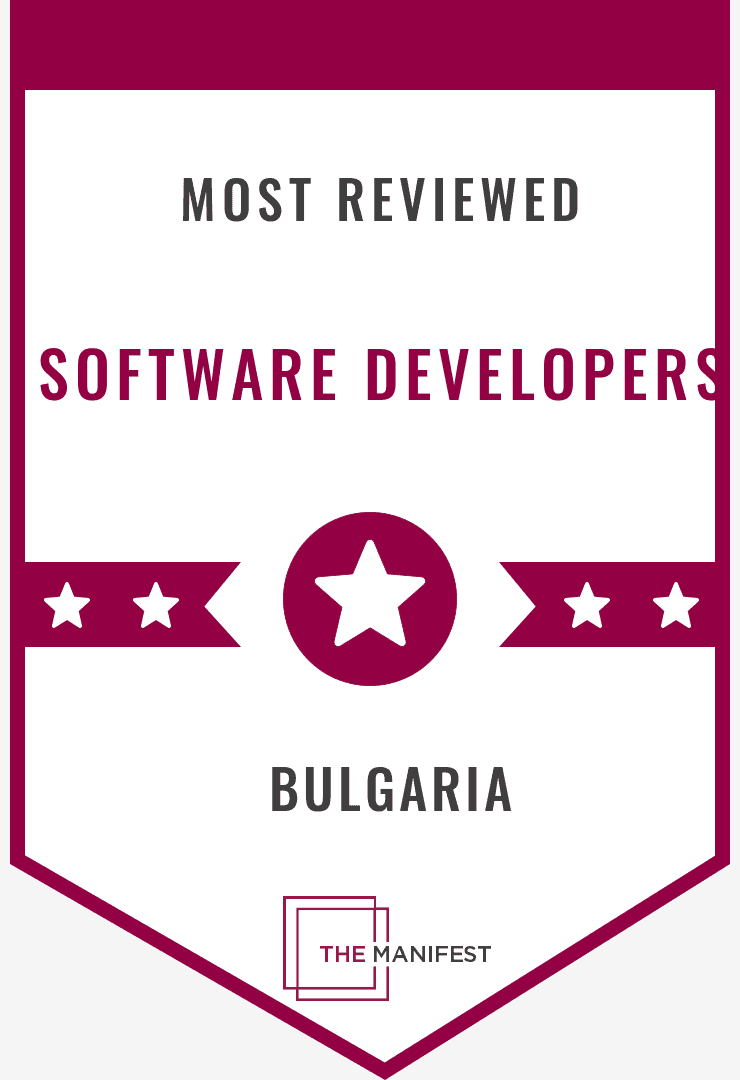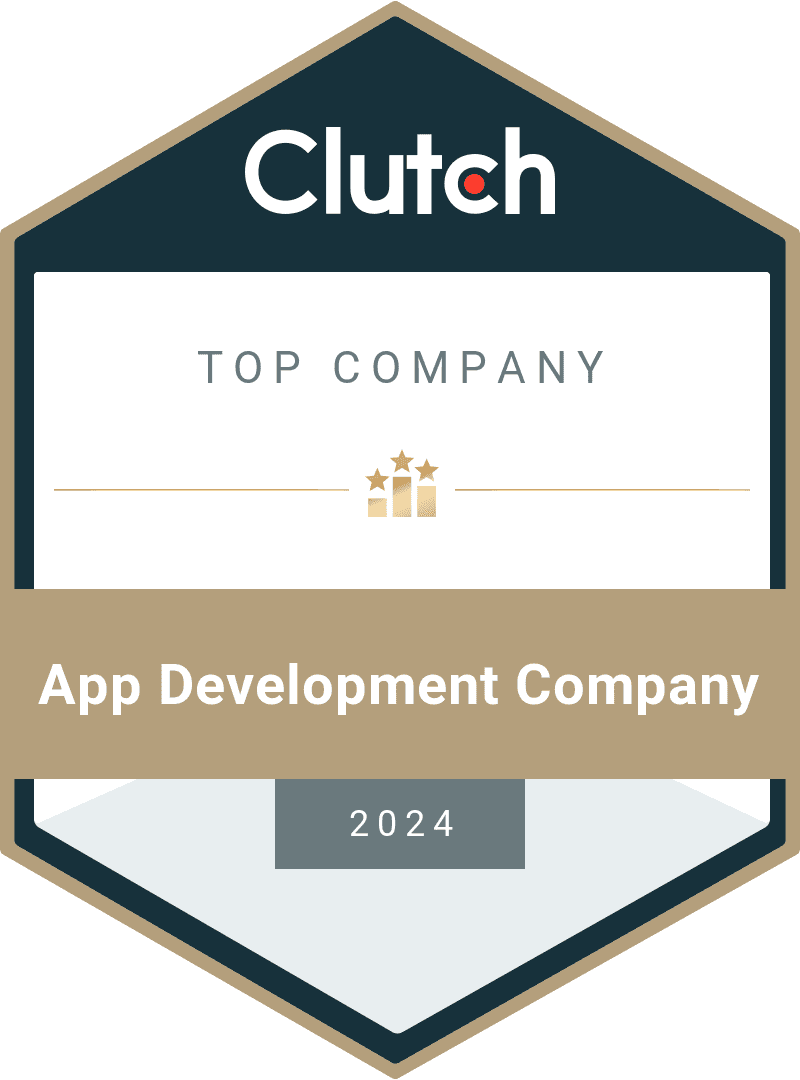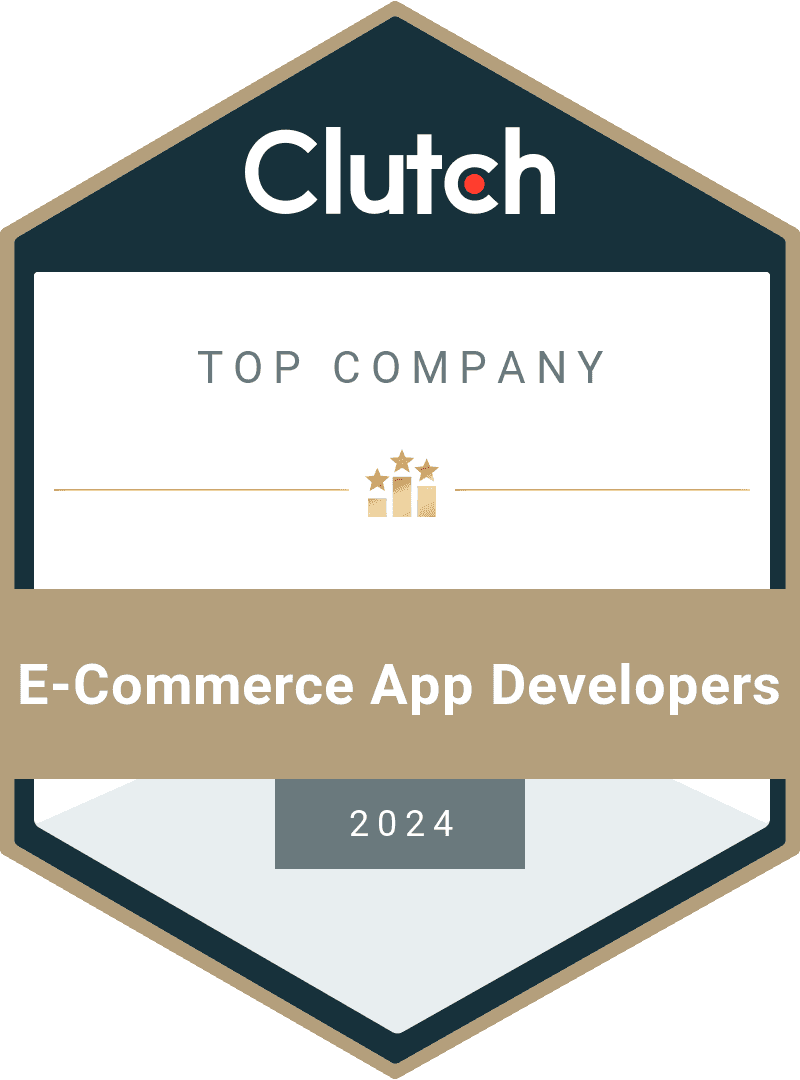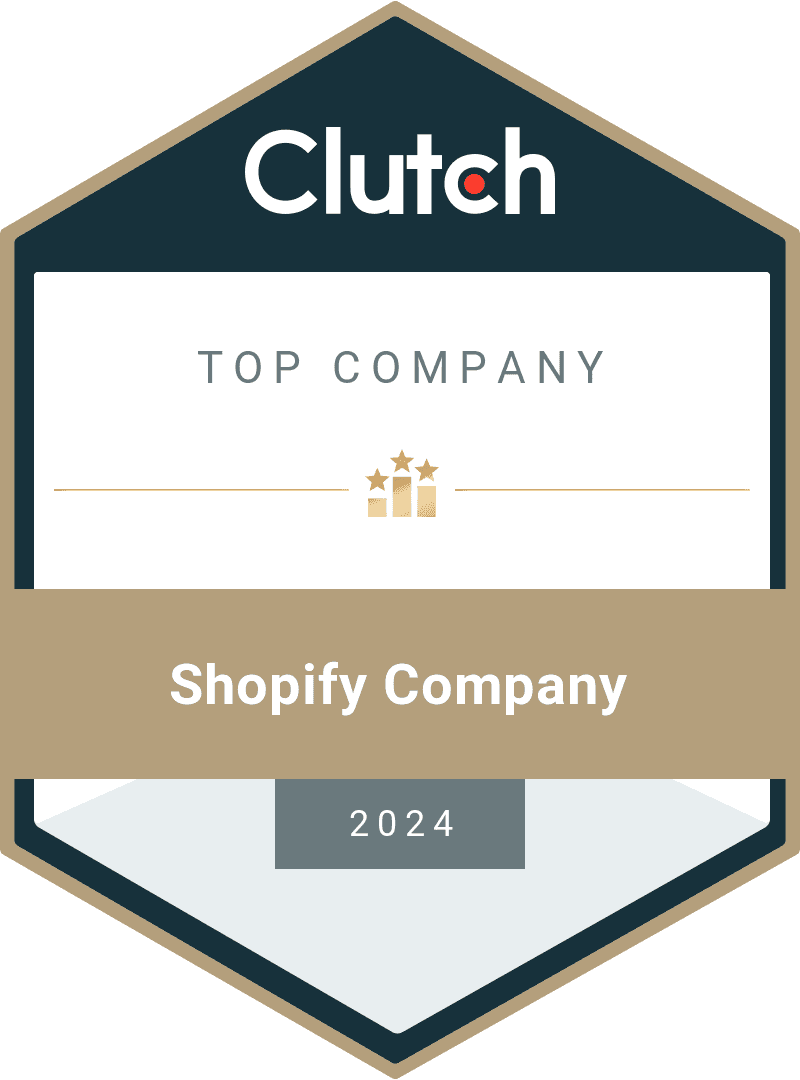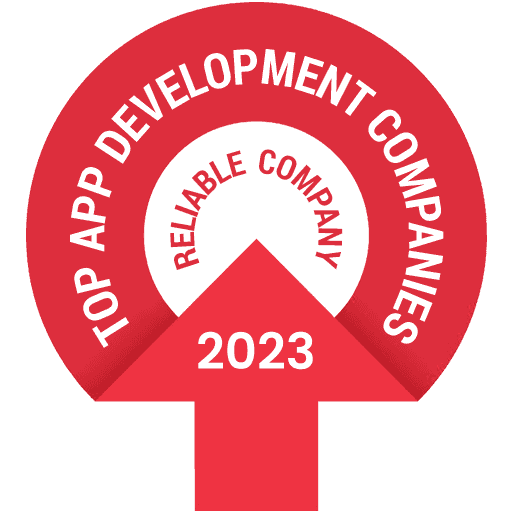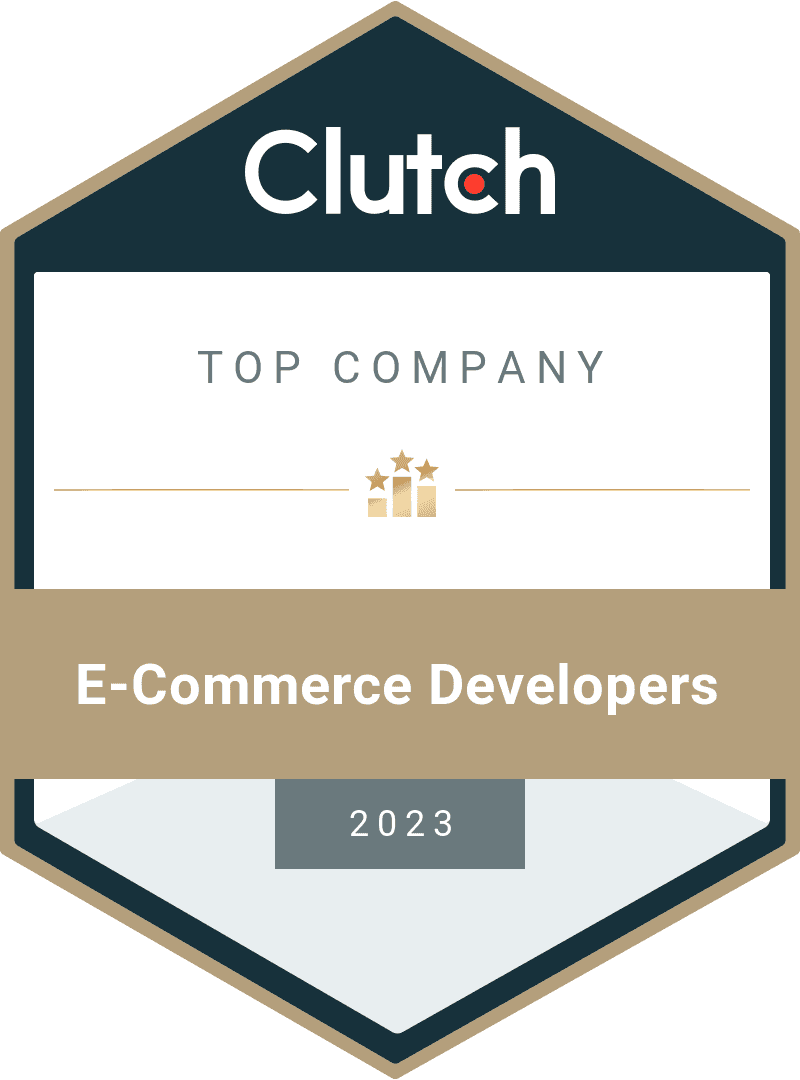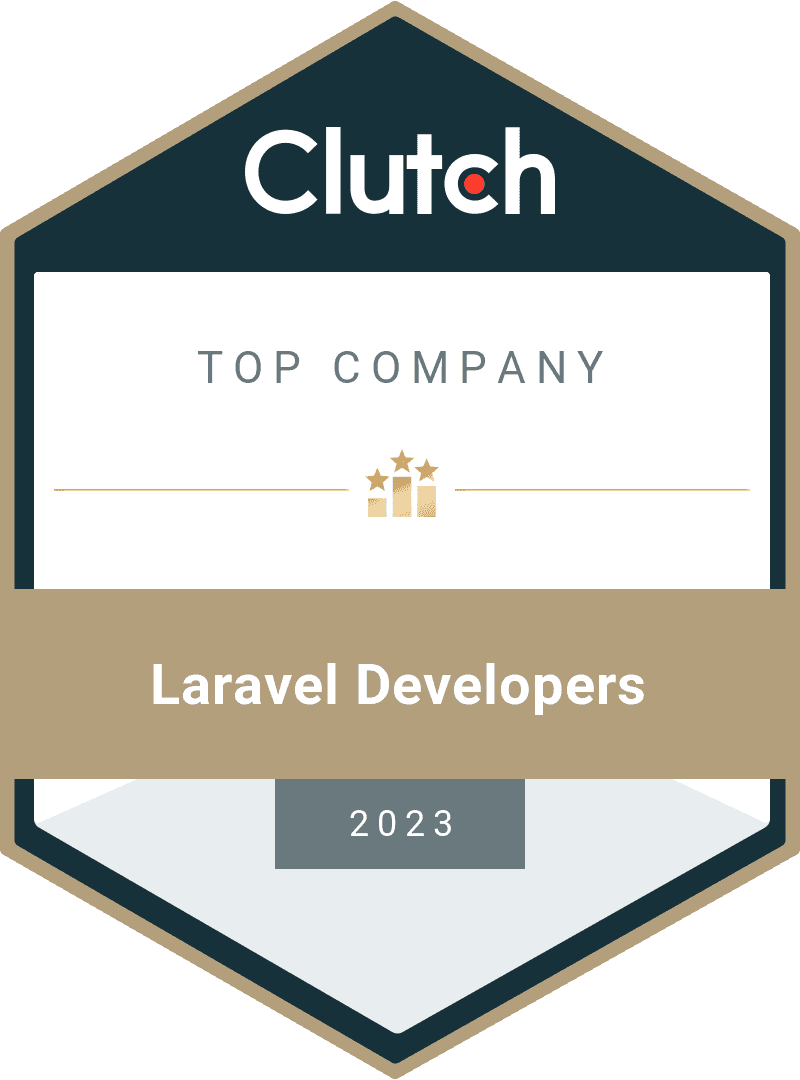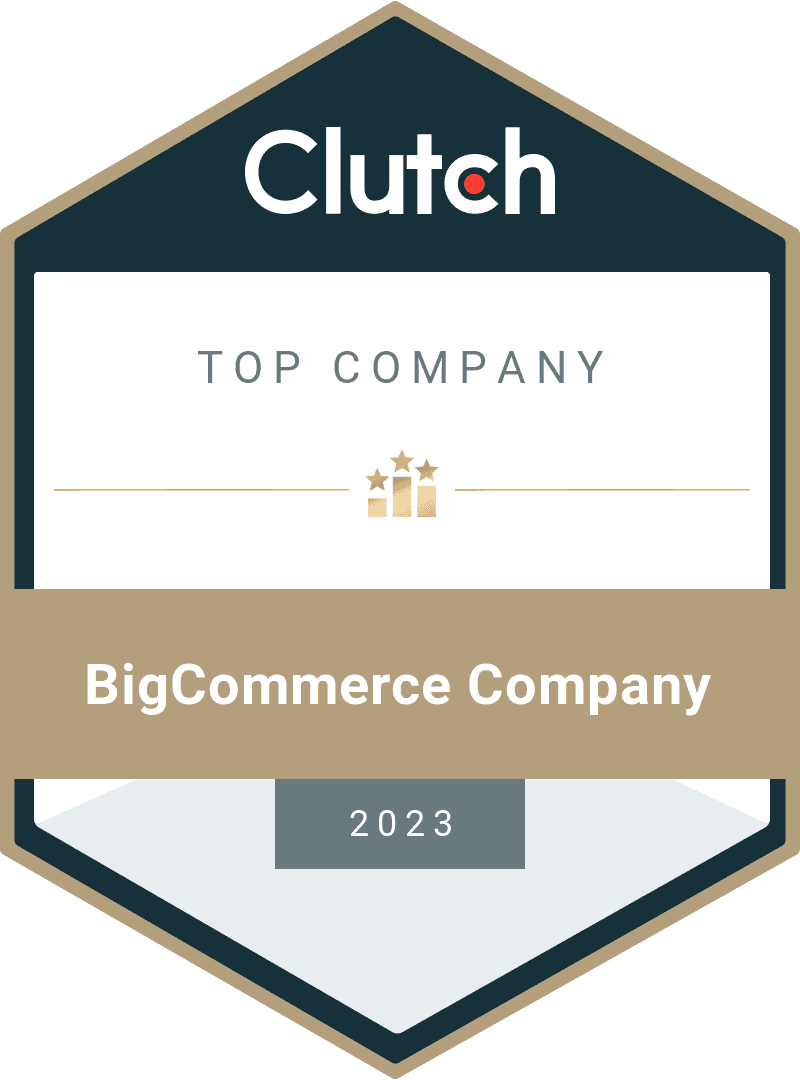The demand for custom app development continues to grow. Whether streamlining internal processes, enhancing customer experiences, or staying ahead of competitors, the need for custom mobile solutions has never been more evident.
However, a custom app development journey leads to more than just picturing the end product — it requires a clear understanding of pricing models.
Understanding Custom App Development
Custom app development stands out as a cornerstone of innovation & progress. At its core, custom app development involves the creation of software solutions tailored to meet specific business needs, objectives & user requirements. Unlike off-the-shelf apps that offer generic functionalities, custom apps are crafted with precision to address unique challenges & capitalize on distinct opportunities.
This type of development contains a spectrum of services, ranging from mobile apps to web-based platforms, enterprise software solutions & beyond. Whether it's a small project for a startup or a large one for an enterprise initiative, the principles of customization remain constant, driving the custom mobile app development process towards delivering custom mobile solutions that resonate with end-users & drive real value for businesses.
One of the defining features of custom mobile app development is its flexibility. Unlike pre-packaged software solutions that have limitations on functionality & scalability, custom mobile solutions offer freedom in design, features, and integrations. This flexibility allows businesses to tailor their digital presence according to their unique brand identity, industry requirements & growing customer preferences.

Importance of Pricing Models
Pricing models function as the basis upon which the financial aspects of custom app development projects are built. They determine how much clients will pay for the custom mobile app development services rendered & also shape the dynamics of the client-developer relationship and influence project outcomes. Understanding the importance of pricing models is important for both clients and development companies as they embark on the journey of bringing a custom app to life.
Budget Certainty: For clients, having clarity about project costs from the outset is essential for effective budget planning and resource allocation. Fixed-price models offer a sense of certainty by establishing a predetermined cost for the entire project, allowing clients to plan their finances accordingly. This predictability can be particularly advantageous for businesses with strict budget constraints or limited financial flexibility.
Flexibility and Adaptability: On the other hand, pricing models such as time and materials provide clients with greater flexibility and adaptability throughout the development process. Instead of committing to a fixed cost upfront, clients pay based on the actual time and resources expended, allowing for adjustments and iterations as the project progresses. This flexibility is invaluable in scenarios where project requirements evolve or unforeseen challenges arise, enabling clients to pivot and adapt without being locked into rigid agreements.
Alignment of Incentives: Pricing models play a pivotal role in aligning the incentives of clients and development companies, fostering collaboration and shared accountability for project success. Models that incentivize efficiency and performance, such as outcome-based pricing or revenue-sharing arrangements, encourage developers to prioritize delivering tangible results that drive value for the client. By linking compensation to outcomes rather than inputs, these models promote a partnership mentality where both parties invested in achieving mutual success.
Risk Mitigation: Effective pricing models also serve as a mechanism for risk mitigation, helping clients and development companies navigate the inherent uncertainties and complexities of custom mobile app development projects. By structuring pricing agreements in a way that distributes risk equitably between parties, such as milestone-based payments or phased delivery schedules, potential financial liabilities can be minimized, and project risks can be managed more effectively.
Transparency and Trust: Transparent pricing models instill confidence and trust in the client-developer relationship, laying the groundwork for productive collaboration and long-term partnerships. When clients have a clear understanding of how pricing is determined and what they can expect in return for their investment, it fosters transparency and accountability on the part of the custom app development company. This transparency is essential for building trust and credibility.
Common Pricing Models of a Custom App Development Company
Custom app development companies utilize different pricing models to structure their services and bill clients. Each model offers distinct advantages and considerations, catering to different project requirements, budget constraints, and risk tolerances. In this section, we'll explore three common pricing models employed in the custom app development industry:
Fixed Price Model:
In the fixed price model, the custom app development company and the client agree upon a predetermined price for the entire project scope. This price remains fixed throughout the project duration, regardless of any changes or iterations made during custom mobile app development.
Pros:
- Budget certainty: Clients have clarity about project costs upfront, making it easier to plan and allocate financial resources.
- Defined scope: The fixed price model encourages thorough planning and specification of project requirements, reducing ambiguity and scope creep.
Cons:
- Limited flexibility: Changes or additions to the project scope may incur additional costs or require renegotiation of the contract.
- Risk of misalignment: If project requirements are not clearly defined or change significantly during development, there is a risk of misalignment between the client's expectations and the delivered solution.
Time and Materials Model:
In the time and materials model, clients pay for the development company's services based on the actual time and resources expended. This model typically involves an hourly or daily rate for custom mobile app development work, along with reimbursement for any additional expenses incurred.
Pros:
- Flexibility: Clients have the flexibility to make changes or iterations to the project scope as needed without incurring additional costs.
- Transparency: Since billing is based on actual time and resources, clients have visibility into how their budget is being allocated and can prioritize tasks accordingly.
Cons:
- Cost uncertainty: Without a predetermined project cost, clients may experience an uncertainty about the final project expenditure, especially if the scope expands significantly.
- Potential for cost overruns: If project requirements are not well-defined or if development efforts are not effectively managed, costs can escalate beyond initial estimates.

Dedicated Team Model:
The dedicated team model involves hiring a team of developers, designers & other professionals who work exclusively on the client's project for a specified duration. The client retains full control over the team's activities and priorities, while the custom app development company provides resources and support as needed.
Pros:
- Full control: Clients have complete control over the development team's activities, priorities, and workflow, allowing for greater customization and collaboration.
- Scalability: The dedicated team model offers scalability, allowing clients to adjust team size and composition based on evolving project requirements and timelines.
Cons:
- Long-term commitment: Since the client is responsible for managing and overseeing the dedicated team, this model requires a significant investment of time, resources, and managerial oversight.
- Potential for communication challenges: Effective collaboration and communication are essential for success in the dedicated team model, and miscommunication or lack of alignment can impede progress and productivity.
Hybrid Pricing Models
In the landscape of custom app development, hybrid pricing models have emerged as a strategic approach that combines elements of multiple pricing structures to offer clients greater flexibility and value. These hybrid models leverage the strengths of different pricing approaches while mitigating their respective weaknesses, providing a tailored solution that meets the unique needs of each project.
In this section, we'll explore some common hybrid pricing models and their pros:
Fixed-Price with Milestone Payments:
This hybrid model combines the predictability of fixed-price contracts with the flexibility of milestone-based payments. Clients agree on a fixed price for the overall project, but payments are divided into milestones corresponding to key project deliverables or stages of custom mobile app development. This allows clients to maintain budget certainty while providing opportunities for course correction and reassessment at predefined intervals.
Advantages:
- Budget control: Clients can plan their expenditures more effectively by breaking down project costs into manageable milestones and payments.
- Flexibility: Milestone payments enable clients to assess project progress and adjust priorities or requirements as needed without renegotiating the entire contract.
Time and Materials with Cap:
In this hybrid model, clients pay for custom mobile app development services based on time and materials, as in the traditional time and materials model. However, a cap is placed on the total project cost to provide clients with cost certainty and protection against potential overruns. Once the cap is reached, any additional work is either billed separately or absorbed by the custom app development company, depending on the terms of the agreement.
Advantages:
- Cost containment: Clients benefit from the flexibility of time and materials billing while having the assurance that project costs will not exceed a predetermined limit.
- Incentivized efficiency: custom mobile app development teams are incentivized to work efficiently and minimize costs to avoid reaching the cap prematurely, leading to improved project management and resource allocation.
Outcome-Based Pricing:
This hybrid model ties pricing directly to project outcomes or deliverables, aligning the financial interests of clients and development companies. Clients pay based on the achievement of predefined milestones or performance metrics, such as user engagement, revenue generation, or successful product launches. This model incentivizes developers to focus on delivering tangible value and measurable results for their clients.
Advantages:
- Performance-driven: Outcome-based pricing encourages developers to prioritize activities that drive meaningful business outcomes and user satisfaction, fostering a results-oriented approach to project delivery.
- Shared risk and reward: By linking compensation to project performance, both clients & custom mobile app development companies share in the risks and rewards of the project, creating a collaborative partnership based on mutual success.
Clients and development companies can leverage the pros of different pricing approaches while mitigating their respective cons, ultimately leading to more custom and mutually beneficial engagements.

Factors Influencing Pricing
Different factors influence the pricing of custom mobile app development services, each contributing to the overall cost structure and pricing strategy adopted by development companies. Understanding these factors is essential for clients seeking to navigate the custom app development landscape effectively and make informed decisions about pricing models.
In this section, we'll explore some key factors that influence custom app development pricing:
Project Complexity:
- The complexity of the app project significantly impacts the pricing structure. Projects with extensive features, integrations, or technical requirements may require more time and resources to develop, leading to higher costs.
- Factors such as the complexity of the user interface (UI), backend infrastructure, data storage requirements, and integration with third-party services can all contribute to project complexity and influence pricing.
Technology Stack:
- The choice of the technology stack—programming languages, frameworks, databases, and development tools—can influence development costs.
- Projects leveraging cutting-edge technologies or requiring specialized expertise may incur higher development costs due to the need for skilled developers and potentially longer development timelines.
Development Team Expertise:
- The expertise and experience of the development team play a crucial role in determining pricing. Highly skilled and experienced developers command higher rates, reflecting their expertise and ability to deliver quality solutions.
- Development companies with a track record of successful projects and specialized domain knowledge may charge premium rates for their custom mobile app development services, reflecting the value they bring to the table.
Project Timeline:
- The timeline for app development—ranging from a few months to over a year—affects pricing due to its impact on resource allocation and project management.
- Rushed or accelerated timelines may require additional resources and effort to meet deadlines, potentially leading to higher costs.
Client Requirements & Customization:
- Client-specific requirements and customization requests can impact pricing, as they often require additional development effort and resources.
- Clients seeking highly tailored solutions with unique features, branding, or integrations may incur higher costs than those opting for more standardized or off-the-shelf solutions.
Support and Maintenance:
- Post-launch support and maintenance services are an integral part of custom mobile app development and may be included in the pricing structure.
- Clients may opt for ongoing support packages or pay-as-you-go arrangements, depending on their long-term maintenance needs and budget considerations.
How to Select a Pricing Model for a Custom App Development Project?
Selecting the right pricing model is key to the success of custom mobile app development projects. Each model offers unique advantages and challenges, requiring clients to consider factors like budget and project scope. Understanding the influences on pricing — such as project complexity and development team expertise — empowers informed decision-making.
Transparency and clear communication are essential throughout pricing negotiations, enabling effective partnerships between clients & development companies. By aligning pricing models with project goals and fostering collaboration, clients can ensure their projects are set up for success in the landscape of custom mobile app development.
Relevant Articles:
